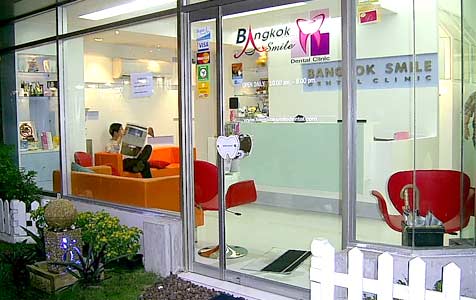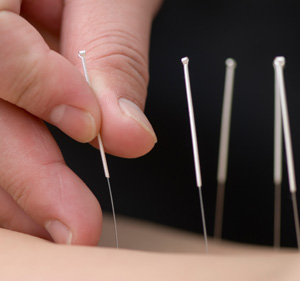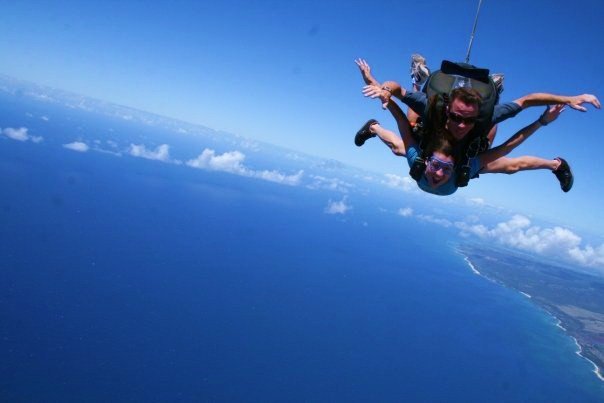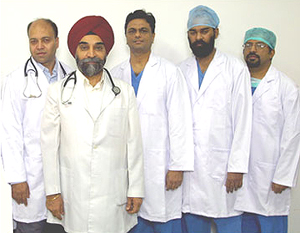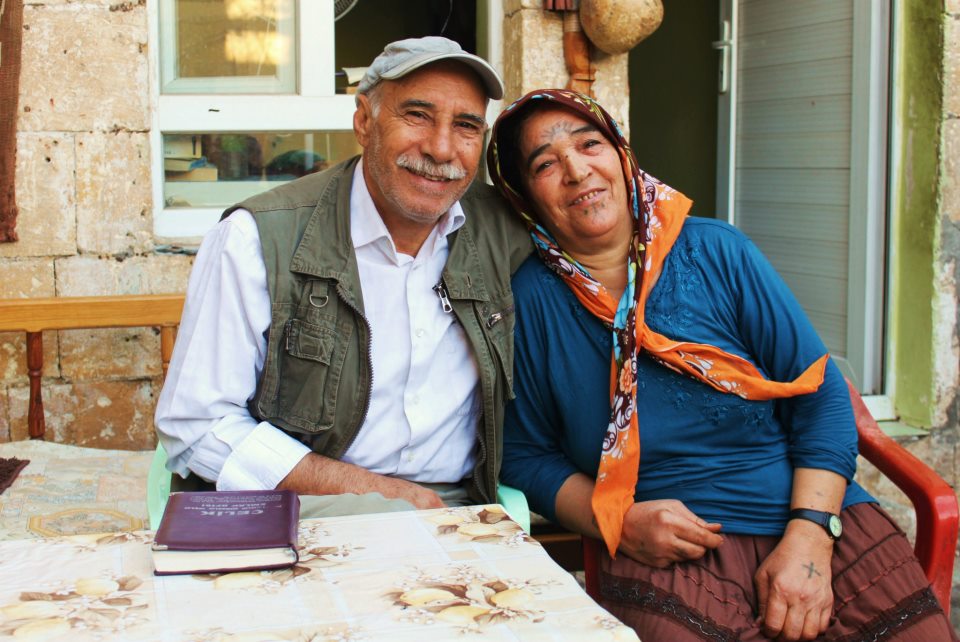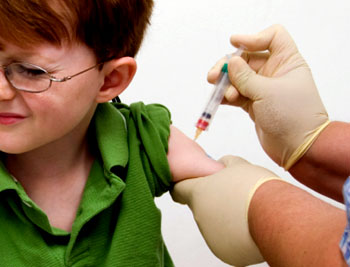Getting sick or injured while backpacking can be a scary experience. Fortunately, sufficient care is generally not too hard to find in all but the most extreme of locations. You may even be pleasantly surprised by the quality of treatment available, and the low price tag in comparison to a hospital visit back home. When faced with a medical situation, I recommend facing it this way:
1. Can I handle this myself?
Every backpacker should have a basic first aid kit. It’s easy to go overboard with these, as you’ll be able to find most things you would ever need at pharmacies and stores abroad, but it’s nice to have small bandages, antibiotic ointment, OTC painkillers and diarrhea inhibitors, and any prescription drugs that you take on hand. Cuts, scrapes, the odd bout of minor food sickness—these are all easy for an independent traveler to handle. (link)
 2. Well, this is quite unpleasant. Perhaps a visit to the pharmacy?
2. Well, this is quite unpleasant. Perhaps a visit to the pharmacy?
Pharmacists in developing countries often play the role of doctors to their local communities. This is true in small towns and villages, as well as in cities that are sectionalized by race, economic class, or other factors. Though the friendly folks at the pharmacy have not gone to medical school and are not qualified doctors, they are much more helpful than the clerk at your CVS or Walgreens back home. They can often offer solid advice in English and, depending on the country, a wide range of medications that would generally be more difficult to acquire back home. Appreciate but don’t abuse this—just because you pulled a muscle trekking doesn’t mean you should ask for a bunch of opiates.
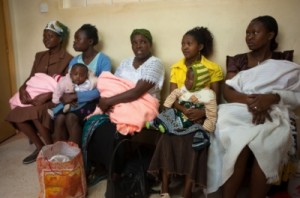 3. Okay, I’m still not getting better. To the clinic!
3. Okay, I’m still not getting better. To the clinic!
Local clinics are often the most accessible option for real treatment. Hospitals on the scale that we are accustomed to in the west are uncommon outside of large cities, and the majority of the population relies on these small centers. The nurses and doctors there can generally help, but I’ve personally experienced an immense range of quality, from a clinic visit in India that cost two rupees and consisted of a nurse failing to examine me but diagnosing that I must have a throat problem (turned out to be a digestive one), to an emergency overnight stay in a modern facility in Thailand with qualified attendants that cost around $200. Perhaps you get what you pay for, but remember that there can always be exceptions to the rule. So whether you’re staying at a Koh Samui hotel on the remote Thai island, or a big city in India, it may be a good idea to identify trustworthy and capable clinics in the area before arriving or in the first couple days of the trip so you can be prepared for any emergencies. Your health insurance may or may not cover your visit.
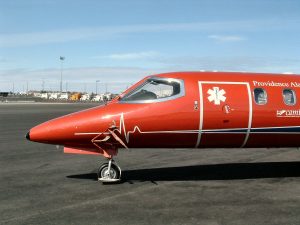 4. Serious emergency time. Get me the hell out of here!
4. Serious emergency time. Get me the hell out of here!
In extreme cases, patients are airlifted to hospitals in other countries that are better suited to treating a life-threatening illness or injury. The process is incredibly expensive, though obviously worth it if you are in serious danger of death. Travelers insurance plans often cover emergency medical flights, while normal health insurance is almost guaranteed not to. While many low-budget travelers balk at monthly fees incurred by something they will probably never need (“that’s my food for a week!”), the prospect of tens of thousands of dollars in medical bills in the case of an emergency convinces others that travelers insurance is worth it.
Whatever happens to you on the road, you’ll probably run into situations where some treatment is necessary. Fortunately for everyone, medical practices across the globe have improved with greater access to education, medication, and facilities, and you are likely to have access to good care.
